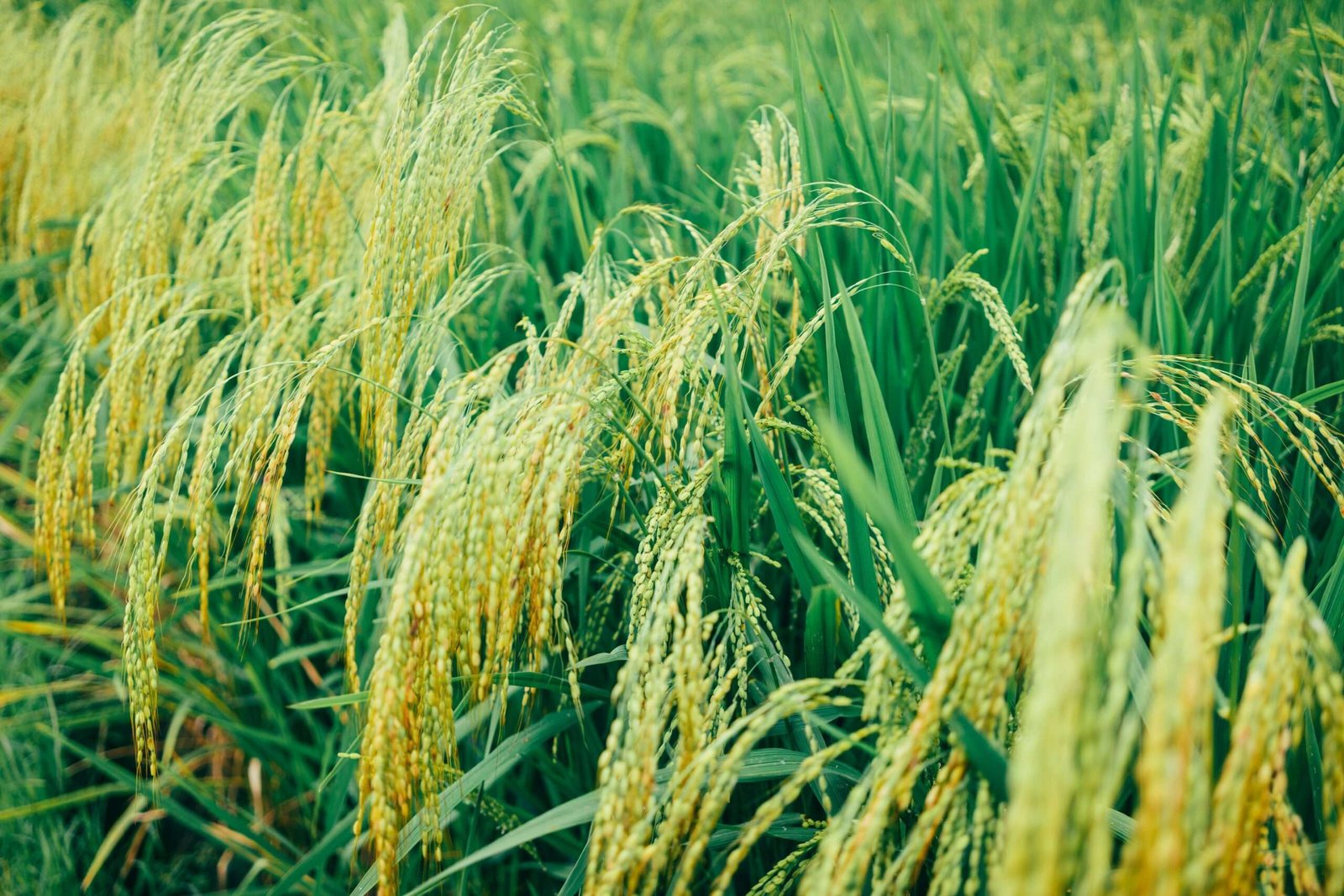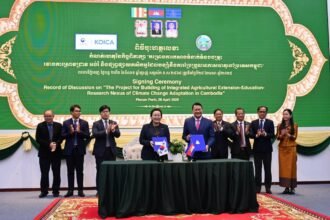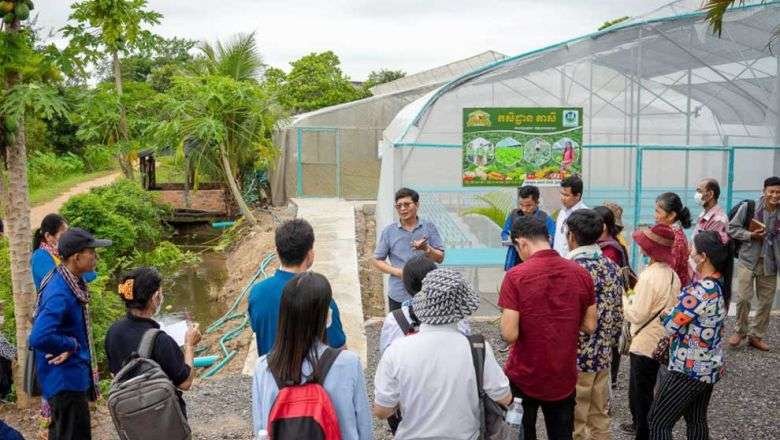“In the fertile fields of Cambodia, the nation’s rich history and vibrant culture are woven together through the golden grains of rice, nourishing both the body and the soul while driving the country towards a prosperous future.”
Cambodia, a Southeast Asian nation with a rich history and vibrant culture, is one of the world’s largest rice producers. With an estimated annual production of over 10 million tons, rice plays a crucial role in Cambodian cuisine, culture, and economy. The country’s fertile soil and favorable climate make it an ideal location for rice cultivation, and the government has made significant investments in agricultural infrastructure to support this vital industry.
Rice: A Staple in Cambodian Cuisine
Rice is a staple food in Cambodian cuisine, consumed daily by the majority of the population. Cambodian rice consumption per capita is an impressive 240kg per annum. The country boasts a variety of rice types, divided into two main categories: fragrant rice and white rice. Fragrant rice includes Phka Rumduol, Phka Romeat, Phka Rumdeng, Somali, and Neang Malis™, which are grown during the wet season (June to December). Sen Kra Ob and Sen Pidao are fragrant rice varieties grown in both dry and wet seasons.
White rice includes Phka Knhey and Phka Chan-Sen Sar, grown during the wet season, while Pearl Rice, Neang Khon, Reang Chey, Ponla Pdao, and Neang Minh are grown in either dry or wet seasons.
Overcoming Challenges to Boost Production
Despite facing challenges such as droughts and floods, Cambodia continues to increase its rice production each year. The government has implemented various strategies to improve agricultural infrastructure, such as investing in irrigation systems, promoting sustainable farming practices, and providing farmers with access to modern technology and resources.
Ambitious Export Goals
In addition to meeting domestic demand, Cambodia aims to increase its rice exports to other countries. The Cambodia Rice Federation has set ambitious export strategies, targeting 750,000 tons of milled rice exports in 2023 and 1,000,000 tons in 2025. Currently, Cambodia exports 3.5 million tons of paddy rice to neighboring countries and 630,000 tons of milled rice to the international market.
These goals reflect the country’s commitment to becoming a significant player in the global rice market, while also generating income and employment opportunities for its citizens. As the global demand for rice continues to grow, Cambodia is well-positioned to capitalize on this trend and further develop its rice industry.
The Importance of Rice in Cambodian Culture and Economy
The importance of rice to Cambodian culture and economy cannot be overstated. It provides sustenance for millions of people and contributes significantly to the country’s GDP. As Cambodia continues to invest in its agricultural infrastructure and expand its rice production, it is poised to become an even more prominent player in the global rice market. This success will not only benefit the Cambodian economy but also help to preserve and promote the country’s rich culinary heritage and cultural identity.
About the author:
Nara Noualyny is an expert in agribusiness development, market system development, market research, and teaching. She is passionate about discussing topics such as #agribusiness, #womenandmoney, and #agribusinessmanagement, empowering women and promoting sustainable management practices.








